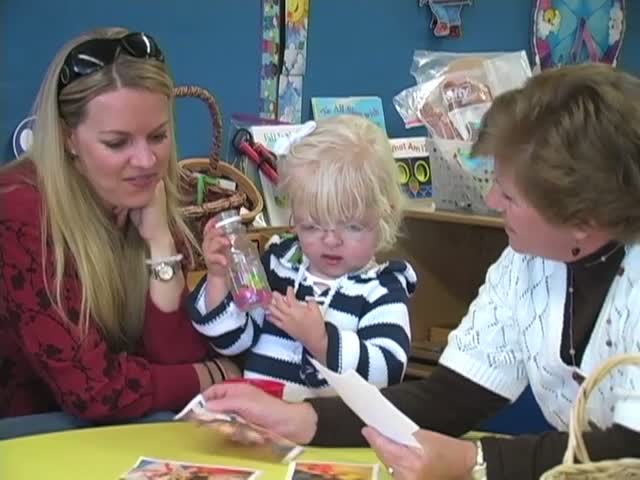Respect Each Partner’s Culture, Role, and Knowledge
It is essential to become a culturally competent communicator with children, families and colleagues from various religious, educational, racial, ethnic and socioeconomic backgrounds. For young children, ensuring continuity between home and school depends on understanding, and respecting, family routines, customs and even diet.
Connecting to family culture
Jillian asked Lucho’s mother, Isabella, what he liked to eat for lunch, and discovered he typically ate pasta or lentils and scrambled eggs. Lucho had never eaten a sandwich- the usual lunch for the other children in Jillian’s class. Isabella thought that she had to make Lucho an American lunch and worried that he would miss his usual food.
Understanding that meals were an important way for this family to stay connected with their Italian heritage, Jillian encouraged Isabella to prepare food that Lucho enjoyed (and would keep at room temperature). Isabella relaxed visibly, and left her meeting with Jillian feeling that both she and Lucho were welcome in this kindergarten.
Individualizing communication helps establish rapport between families and early childhood partners. A few simple strategies convey respect for a family’s routines and work schedules:
- Ask all partners how they prefer to be addressed - as Mr., Ms., Mrs., Dr., or by first names.
- Prior to the start of a new program or school year, key team members should schedule a meeting or a home visit with parents. This helps families and service providers get acquainted, discuss concerns and select convenient times and methods to communicate with one another.
- Find out what times of the day or week work best for phone calls, visits, and conferences. Some parents and early care/education staff may not take routine calls at work (unless there is an emergency).
Employing a variety of communication strategies facilitates interaction and exchange of information among partners who may speak different languages, read at various levels, and work/reside in various locations. Flexibility is essential since the same communication strategy may not work in all situations.
Consider when, and how, to use the following technology and strategies most effectively:
- Telephone calls and voice mail
- Written notes (emails, texts, messages in back pack)
- Meetings/conferences
- Home-program communication journals and notebooks
- Informal discussion
- Program newsletters or memos
- Video clips
Using video to promote parent-teacher communication
Finley’s teacher demonstrates effective communication with open-ended questions, active listening, positive ways to share information with families, strength-based discussion, and sharing photo and video documentation with families.
A preschool teacher illustrates how video can help parents understand their child’s learning and development.
Colorado State Dept of Education, Results Matter Early Childhood Video Library
-
This video shows highlights of a parent-teacher conference. The meeting occurred during the half hour before school began and the parent brought two of her children, her preschooler and infant, along with her. The video illustrates a variety of practices, including using engaging open-ended questions, active listening, positive ways to share information with families, having strengths-based discussions, and sharing photo and video documentation with families.
-
Christina DeVarona provides a powerful illustration of how video can help us understand children's learning and development and the benefits of sharing video with families.



